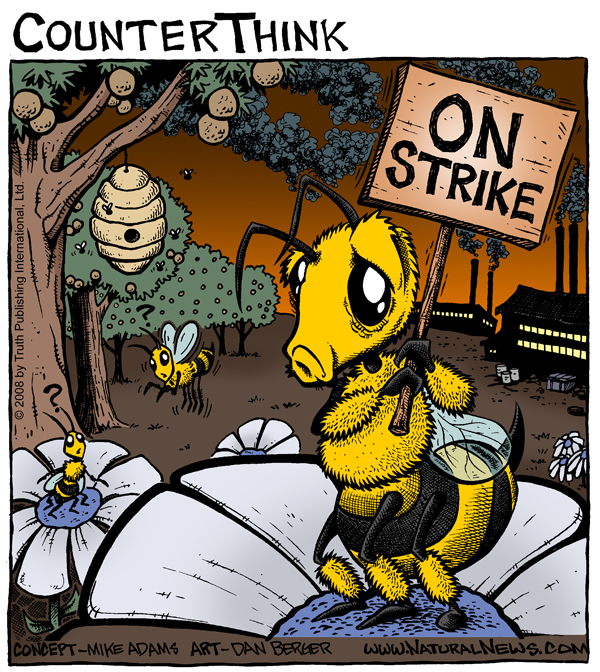One of the tips you will want to learn is when to manipulate bees. You can open and examine the bee colonies on days that are warm and sunny with no wind. The older bees will be out searching for food on those days. The older bees will stay in the hive on colder, windy and rainy days.
When there is an abundance of nectar, bees are much easier to examine than when there is a shortage of nectar. Plying them with sugar syrup may help, but not always.
Spring is the best time to examine the bees because of smaller populations.
Bees will usually tolerate a moderate beekeeper manipulation for 10 to 15 minutes. It is best not to keep the hives open any longer than you have to. Brood examinations should never be drawn out. When examining the hives, if bees become noisy or very nervous, the hive needs to be closed. If there is honey in the combs, they will attract robber bees unless there is an over abundance of nectar. If robbing start, you will need to stop examinations for the rest of the day and reduce the entrances to the hives. Once the robbing starts it is difficult to stop.
If you need to manipulate a colony, have a lighted smoker that omits cool smoke. Before you open the hives, you want to puff smoke into the entrance of the hive. Move on to the other colonies allowing time for the bees to react to the smoke. Keep your smoker handy because you will need it while you are making your close inspections of each colony. If you have some of the bees looking at you, make them scatter with a few puffs of smoke. When you are around the bees, you should move smoothly and carefully so that you don't alarm the bees. When prying off the cover to the hive be as gentle as possible, bees are sensitive to vibrations. Avoid any jolting of the hives. After removing the cover to the hive, work from the back or the side of the hive. Remove the frame nearest the outside to be examined. If robbing is not a problem, lean the frame against the outside of the hive to give you more room to work. If robbing could be a problem make sure to cover the hives and never leave a frame out in the open.
If you are going to examine all the boxes, start with the lowest one. Make sure the boxes you are not examining stay covered. After examining the lowest box, examine each box after it has been replaced on the lower one.
When you need to remove the frame, pry it loose with the hive tool. With a firm grip on the loosened frame, gently lift it, trying not to scrape the bees on the adjoining frame. Leave the frame outside of the hive or box, to give you a larger working area. If you scrape the comb, do leave the bits and pieces in the hive or box. Only scrape comb that it in the way, scraping is irritating to the bees.
